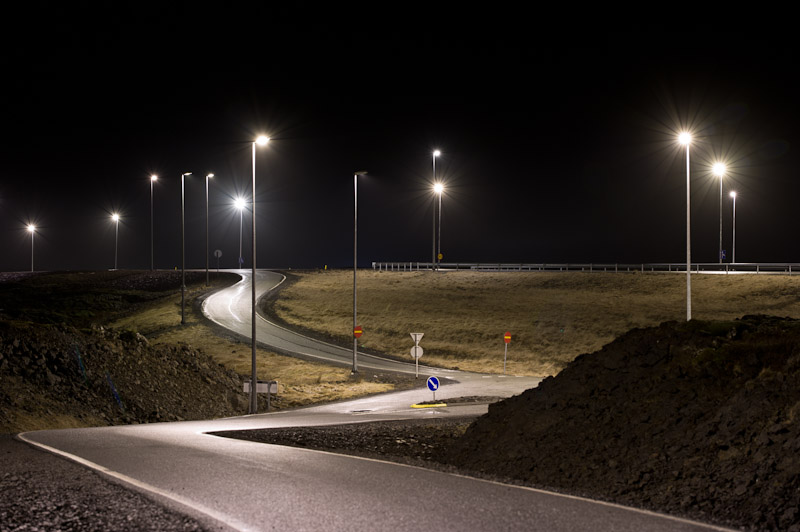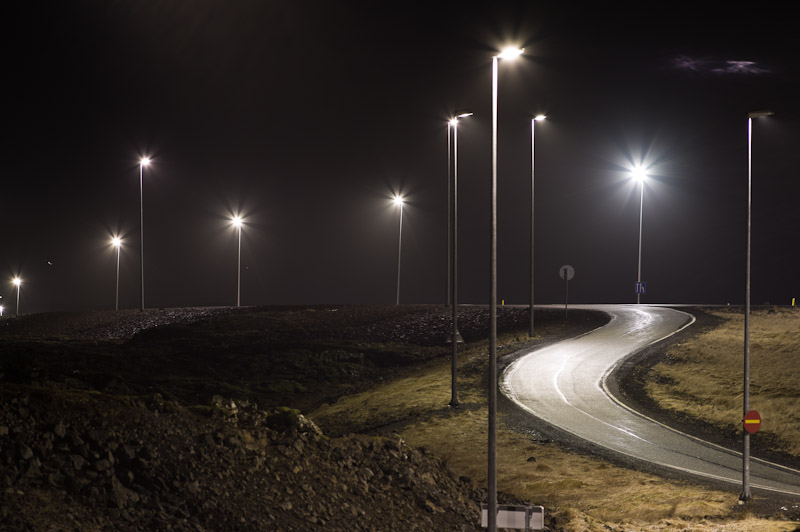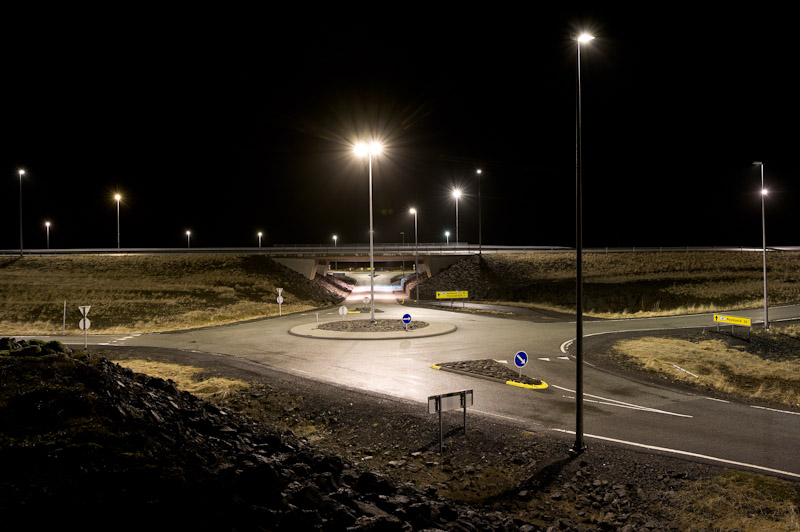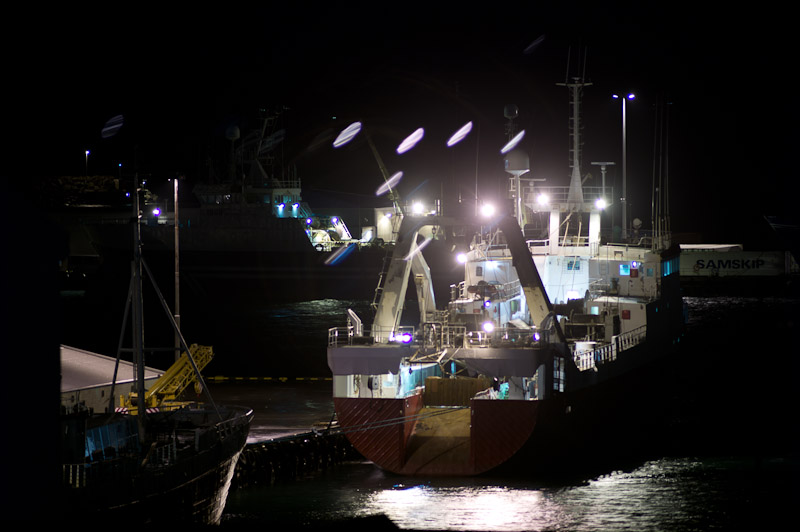- October 1, 2011 at 8:25 pm #1025
Looking at my feeble attempts at landscapes I noticed that on exposures of 32S(which appears to be the maximum on “A” and ISO 160)…..I have some diagonal white lines in the sky . At first I thought these were stars but the only appear at 32S and always run at a 45 degree angle . At 100% you can see they are following the pixels . Is this normal ?
Doesn t show up anywhere else in my images only at 32S and with a dark blue sky.
- October 1, 2011 at 8:47 pm #1026
Roger;803 wrote: Looking at my feeble attempts at landscapes I noticed that on exposures of 32S(which appears to be the maximum on “A” and ISO 160)…..I have some diagonal white lines in the sky . At first I thought these were stars but the only appear at 32S and always run at a 45 degree angle . At 100% you can see they are following the pixels . Is this normal ?
Doesn t show up anywhere else in my images only at 32S and with a dark blue sky.
Roger,
Try another picture you shot with a lower f/stop and a kind of clear sky. Push Clarity and Contrast to 100. Maybe play around with Saturation and check if you see those lines as well. Just to narrow down the problem.
Pete
- October 2, 2011 at 12:43 am #1027
I would make sure you have the latest version of firmware. A recent upgrade should give you the ability a go up to 120 sec in the A mode. Just ran the test at ISO 160 at f9.5 at 60sec. I didn’t experience any problems.
- October 2, 2011 at 2:23 pm #1029Josh LehrerLegendary Member
 Join Date: Aug 2014Posts: 233Currently using:
Join Date: Aug 2014Posts: 233Currently using:
Leica M, Leica S, Leica CompactOffline
Roger:
Can you post a sample image showing the problem you are experiencing? The above comments are correct, one of Leica’s firmware updates for the S2 this year increased the maximum shutter speed of the S2 from 32 seconds to 125 seconds. What firmware version do you currently have installed?
- October 3, 2011 at 4:00 pm #1032
attached an easy to see example . ISO160 32S exposure . Similar diagonal stripes in other images less dramatic and they don t seem to show up in shorter exposures.
I think Diglloyd found a similar issue on a M9 ..have to do more work to tell.
- October 3, 2011 at 4:34 pm #1033Josh LehrerLegendary Member
 Join Date: Aug 2014Posts: 233Currently using:
Join Date: Aug 2014Posts: 233Currently using:
Leica M, Leica S, Leica CompactOffline
Roger:
From here they look like star trails. Have you tried photographing a dark wall or something similar where you can eliminate all other variables? I have never seen an issue like this on the S2. Also, have you verified that your firmware is updated?
- October 3, 2011 at 7:51 pm #1034
These are definitely star trails!
- October 4, 2011 at 12:13 am #1035
Its using the current firmware .
I expect its star trails as well . Nothing shows up when shooting in a dark room. however I doubt the star moved that far in a 32 s exposure . Is this similar to pixel overloading when shooting a bright point source. Something like this was reported on the M9 .
I ve never heard of landscape photographers complaining about this or I am just not familiar enough with LS .
Doesn t bother me at all but I don t want to have an issue with a LS shooter when the camera is resold .
- October 4, 2011 at 8:16 am #1037
I laughed at first, but I guess there are certain things that people don’t shoot often, myself included and so I won’t know about at first! No disrespect here, and love your photos on your site. However, I don’t expect a problem with your camera!
I think the biggest telltale signs that this is star trails is that in your reference images, this is only happening over the sky region only. Secondly, I’ve done a few star trail shots in the past on purpose over different exposure times and seen the results, but you are right to doubt the shorter exp time, it does seem to travel far (relative I’m sure), but I guess there are other factors to this, for example the time of night, weather conditions, your location, oh and where you point your camera etc. I’m no expert here either!
If you really want to make sure these are star trails, it would be to continue the same 32s exposure on a tripod over say at least for 5-10minutes in succession (immediately after another) and piece the images in Photoshop to see the complete trail movement! I heard one of the firmware updates allows you to shoot longer in bulb mode for up to 125s. I know, I know, sleep is important 🙂
[ Quote: Doesn t bother me at all but I don t want to have an issue with a LS shooter when the camera is resold ]
So you plan to sell it already? 😛 - October 4, 2011 at 9:38 am #1038
Take it from an aurora photographer…those are star trails. Your camera is perfect (well, at least in this way). We are on a spinning rock…if you want stars to be point sources (especially on 37.5mp), you need very short exposure times (just a few seconds) or a tracking tripod (don’t even know what they are called) like the ones used in astronomy.
- October 4, 2011 at 10:35 am #1039
As you might guess… I don t shoot this type of subject much. I am really into street shooting and some sports ..so i am more likely to be working with an M9 or D3s.
I believe you are correct about the star trails…but i was trying to determine if they were this large because the star moved that far in 32s or if its from overloading a few pixels. Some situations like this are considered characteristics of a sensor type .e.g. They all do this? Or like the high iso banding on a m8/9 its a flaw. Or if the star actually moves that far in 32s its expected with a long exposure.
I live in Atlanta we can t see the stars. I thought Jupiter FL had a clean sky until i shot in the mountains at 10000 ft.
The s2 is a really great camera but i expect that i will sell the body when i can get an S3. The lenses will be around for as long as i need them.
Appreciate the insights thanks
- October 5, 2011 at 4:09 pm #1046
Hi all,
Can we do a test with the same condition but Instead of focusing at infinity we deliberately make the shot out of focus (say turn the focus ring to it’s nearest focusing limit). If the result image still have the relatively sharp ‘white lines’ then it is the camera problem. If the lines are blur, soft or even not registered then everything is normal. They were star tracks!
Bobby
- October 5, 2011 at 4:21 pm #1047
There is actually no question here. It is 100% certain that they are star trails and not an error with the camera. This is just the behavior of the planet at night!
- November 8, 2011 at 1:14 pm #1403
Hi,
New RDF member here. This immediately caught me eye, as I am both a professional (academic) astronomer and amateur astro-photographer!
Yes, Stuart’s absolutely right in his certainty: they are definitely stars. (Actually, they are quite out of focus stars…you weren’t focused at infinity…perhaps you were using the hyperfocal setting?).
Why did they move so much in 32 seconds?
1) You were pointing the camera more or less at the celestial equator, where the movement appears fastest. The lack of obvious curvature in the trails across the frame, and the angle they make with respect to the horizon, confirms this. I can even tell that you were aiming at the Western horizon, rather than any other direction! 🙂
2) I suspect that you were using a telephoto lens? That covers a narrower angle so it magnifies everything – including the trails.
Ray
- November 9, 2011 at 1:58 am #1405
Welcome to the forum Ray. Thank you for the explanation on the star trails.
- February 15, 2012 at 8:37 pm #1967Jack MacDEstablished Member
 USA, St. Louis, MO and Phoenix, AZJoin Date: Jun 2011Posts: 367Currently using:
USA, St. Louis, MO and Phoenix, AZJoin Date: Jun 2011Posts: 367Currently using:
Leica M, Leica S, Leica CLOffline
This is a 60 sec exposure with a 35mmS at 320 ISO f4.8
I used LR to color correct the sky and photoshop to quadruple the star brightness.
In 60 seconds the star trails are pretty short.By quadrupling, I did a color select, selected the white of the stars, Duplicated the stars three times and moved the dupes sideways to get four times the width of the trail. This brightened the stars and sort of squared up the trails. If anyone else had a technique for this, let me know. Other than using a tracking mount.
Jack - February 15, 2012 at 11:15 pm #1968
Very nice Jack. That is an interesting technique, and it seems to really do the job! I have not tried anything similar. I have been doing a lot of long exposure night work for the streetlight series I am doing. The S2 has worked very well for it. The only problem I have had is with ghost images of the light sources. Since I am not using filters, I have a feeling it is just the reflective cover glass of the S2. It’s rather a shame, actually, but I don’t think there is anything that can be done about it. I was also wondering if it could be the plate glass front element on the 120mm (just got the 70mm today, so we’ll see how that does!)…does not seem to happen as much with the 35mm, which does not have the filter, but that could just be circumstance. It seems to happen less on streetlights and more on very high intensity lights, such as the ones on ships in port and so on.
I also saw the effect on a hasselblad lens I tried on the S2, which makes me think that it might just be the sensor glass.
Here were three images from the series. The effect is visible in the second photo (with the 250mm f/4 FE, a bit hazy copy, so that might exacerbate it), and then two very small orbs in the last photo taken with the 35mm. This is not really the effect I mean. It can be really dramatic. I will try to find one to post.



- February 15, 2012 at 11:21 pm #1969
Ok, here is an example of a really bad version of the effect. This was a test just out my window with the Hasselblad 350mm. These ship lights are extremely high intensity, but this is still not an effect I like to see! I have also seen it occasionally with the 120mm, but not that often. Only in night shooting with very strong lights in the frame. I would expect this with filters (I had it with the UV/IR filters on the M8), but a bit disappointed to see it with the S2 and no filters. I am willing to put up with it in exchange for the superlative performance in all other aspects, however.

Or maybe there are just a lot of ghosts and UFO’s in Iceland? Also a possibility…
You must be logged in to reply to this topic.

